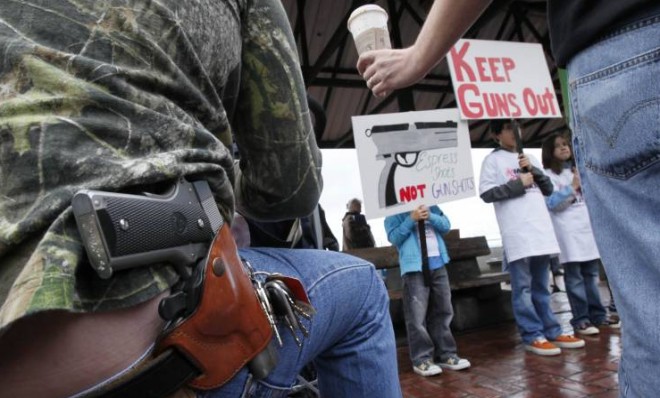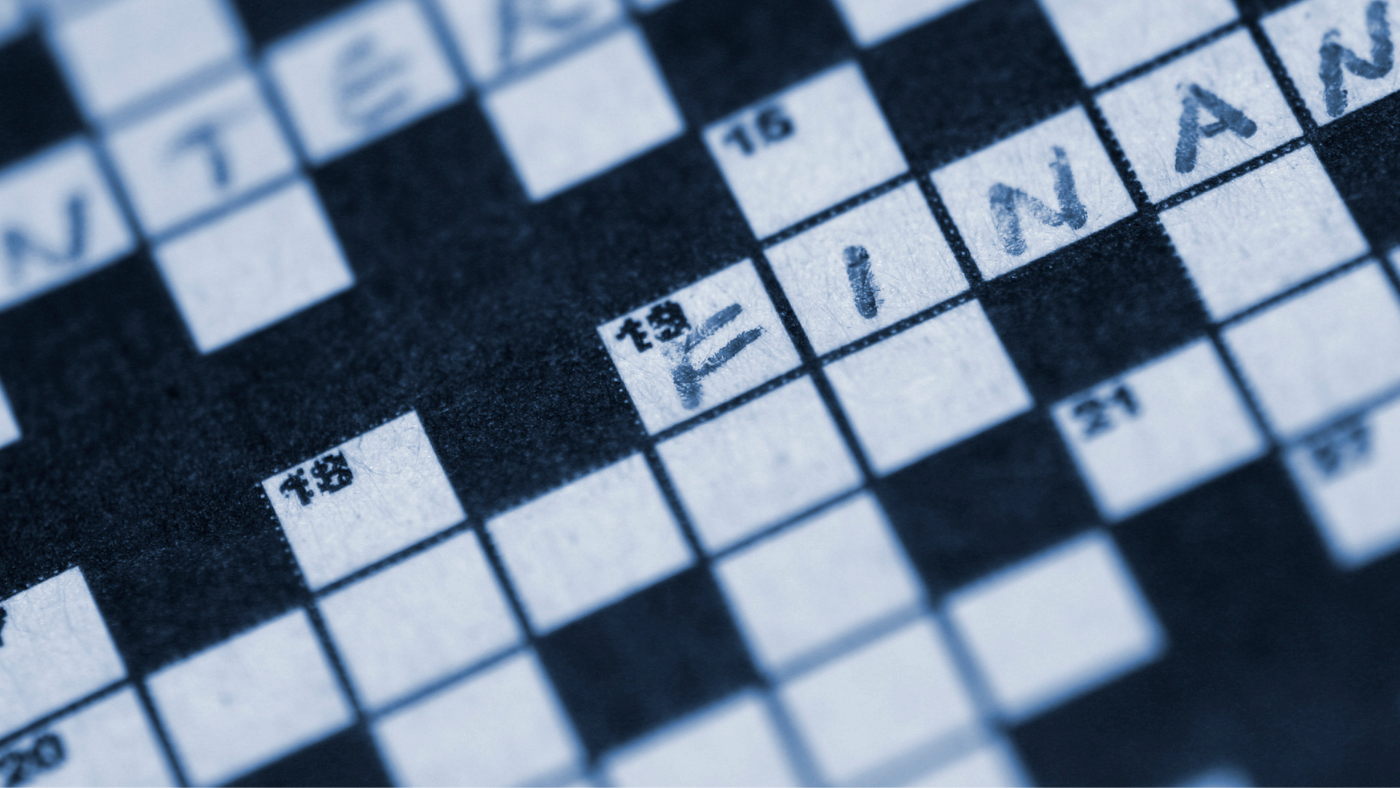Why military bases (and Starbucks) don't want guns around
You can blame CEO Howard Schultz for Starbucks' disinclination for armed patrons, but leave Bill Clinton out of it


On Monday morning, Aaron Alexis reportedly walked into work at the Navy Yard with a Remington 870 shotgun in his backpack, his valid ID getting him past armed guards and into the massive Washington, D.C., military-civilian office complex. Alexis then used his ID to enter Building 197, the Naval Sea Systems Command, where he worked as an IT contractor for an outfit called The Experts, which had been hired by Hewlett-Packard.
Instead of settling into his cubicle, Alexis ducked into a fourth-floor bathroom to prepare for his shooting rampage. By the time police shot him dead at about 8:45am, half an hour after he started firing, Alexis had killed 12 people, apparently at random. Only one of them, a security officer, was armed; Alexis took the guard's handgun after killing him.
Many gun-rights supporters are pointedly asking why people at domestic U.S. military bases, civilians but especially military personnel, are generally prohibited from carrying weapons. As Breitbart's Awr Hawkins phrases it, "Citizens who join the military to use guns to defend liberty abroad cannot practice their constitutional right to keep and bear arms while on active duty at home."
The Week
Escape your echo chamber. Get the facts behind the news, plus analysis from multiple perspectives.

Sign up for The Week's Free Newsletters
From our morning news briefing to a weekly Good News Newsletter, get the best of The Week delivered directly to your inbox.
From our morning news briefing to a weekly Good News Newsletter, get the best of The Week delivered directly to your inbox.
They asked the same question after the 2009 shooting at Fort Hood in Texas. The Washington Times, in a November 2009 editorial, blamed President Bill Clinton. "Among President Clinton's first acts upon taking office in 1993 was to disarm U.S. soldiers on military bases," the Washington Times editors write. "Because of Mr. Clinton, terrorists would face more return fire if they attacked a Texas Wal-Mart than the gunman faced at Fort Hood, home of the heavily armed and feared 1st Cavalry Division."
Breitbart's Hawkins, Rush Limbaugh, and other gun-control opponents picked up on the blame-Clinton theme in the wake of the Navy Yard shooting. But that's not really true, says Oliver Darcy at The Blaze. In March 1993, during Clinton's first months, the Army did adopt a regulation which "limits and controls the carrying of firearms by Department of the Army military and civilian personnel." But that regulation specifically says it is implementing "applicable portions of Department of Defense Directive 5210.56," which was signed in February 1992 by President George H.W. Bush's deputy defense secretary, Donald J. Atwood
It was effective immediately for all branches of the military. Here's the relevant portion:
It is DoD Policy:1. To limit and control the carrying of firearms by DoD military and civilian personnel. The authorization to carry firearms shall be issued only to qualified personnel when there is a reasonable expectation that life or DoD assets will be jeopardized if firearms are not carried. Evaluation of the necessity to carry a firearm shall be made considering this expectation weighed apainst the possible consequences of accidental or indiscriminate use of firearms. DoD personnel regularly engaged in law enforcement or security duties shall be armed. [DoD]
That policy has stayed in place ever since, reissued in 2011 with the added stipulation: "DoD personnel, to whom this Directive is applicable, shall be appropriately armed and have the inherent right to self-defense."
A free daily email with the biggest news stories of the day – and the best features from TheWeek.com
Neither of the directives explains the policy. But there's a clue in the phrase: "[T]he necessity to carry a firearm shall be... weighed against the possible consequences of accidental or indiscriminate use of firearms." Having a bunch of armed people walking around increases the chance of a gun-related accident or altercation. The military, especially, values discipline and doesn't like accidents. Firearms are typically reserved for military police, prison guards, and personnel guarding "vital government assets."
That brings us to Starbucks.
On Tuesday evening, CEO Howard Schultz issued an open letter asking all non-law-enforcement Starbucks patrons to leave their guns at home or in the car. Previously, Starbucks policy was to follow local laws: If a state allowed "open carry" or weapons, people could bring their holstered firearms in to order their Frappuccino; if not, visible guns were prohibited. "We believe that gun policy should be addressed by government and law enforcement — not by Starbucks," Shultz says. But that wasn't working:
Recently, however, we've seen the "open carry" debate become increasingly uncivil and, in some cases, even threatening. Pro-gun activists have used our stores as a political stage for media events misleadingly called "Starbucks Appreciation Days" that disingenuously portray Starbucks as a champion of "open carry"... Some anti-gun activists have also played a role in ratcheting up the rhetoric and friction....
This is a request and not an outright ban. Why? Because we want to give responsible gun owners the chance to respect our request.... For those who oppose "open carry," we believe the legislative and policy-making process is the proper arena for this debate, not our stores. For those who champion "open carry," please respect that Starbucks stores are places where everyone should feel relaxed and comfortable. The presence of a weapon in our stores is unsettling and upsetting for many of our customers. [Starbucks]
Having a gun tends to make the carrier feel safer. But if you're not packing, lots of visible guns can be kind of nerve-wracking. You can't tell who's going to use it for what purpose. Starbucks won't actively enforce its "gun-free zone" request. And as the Navy Yard shooting shows, the military has a real challenge in enforcing its limited-gun policy.
The Pentagon looked into better ways to keep people safe on military bases after Fort Hood, and the result was an 86-page report. "The recommendations were heavy on increased awareness of warning signs but light on physical changes to security operations," say Leo Shane III and Chris Carroll at Stars and Stripes. The reason, as the report authors explained to lawmakers, is that "in many ways, military bases can't be better secured."
As The Week's Keith Wagstaff noted, a newly leaked Pentagon inspector general's report criticizes the Navy's recent reliance on a questionable outside contractor to conduct its security checks. But robust background checks on all contractors would be cost-prohibitive, says Fred Burton at global intelligence firm Stratfor, and physical checks would be a nuisance.
"If you're going to search every vehicle coming onto a military base, what are the ramifications on workflow in those critical hours of 7 to 9 a.m. when people are coming to work?" Burton tells Stars and Stripes. "Subjecting people to searches every day presents a general morale issue as well."
Peter has worked as a news and culture writer and editor at The Week since the site's launch in 2008. He covers politics, world affairs, religion and cultural currents. His journalism career began as a copy editor at a financial newswire and has included editorial positions at The New York Times Magazine, Facts on File, and Oregon State University.
-
 How robust is the rule of law in the US?
How robust is the rule of law in the US?In the Spotlight John Roberts says the Constitution is ‘unshaken,’ but tensions loom at the Supreme Court
-
 Magazine solutions - December 26-January 2
Magazine solutions - December 26-January 2Puzzles and Quizzes Issue - December 26-January 2
-
 Venezuela ‘turning over’ oil to US, Trump says
Venezuela ‘turning over’ oil to US, Trump saysSpeed Read This comes less than a week after Trump captured the country’s president
